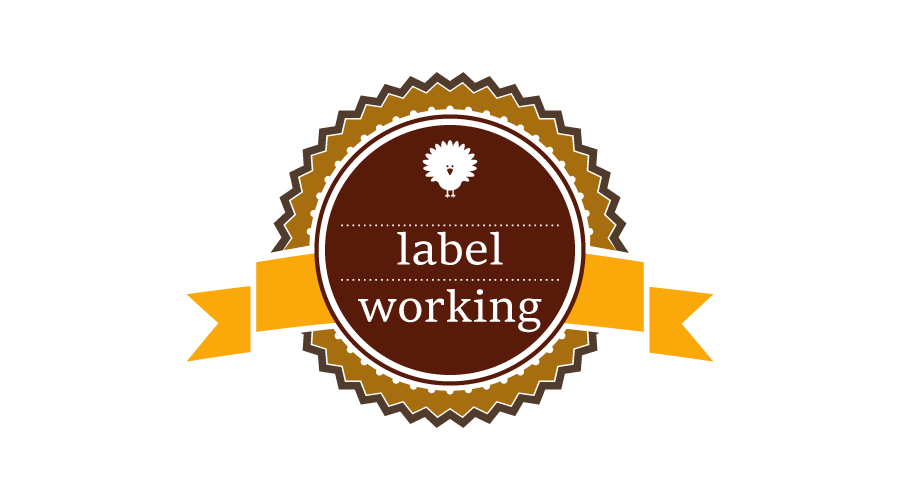HVAC systems, which stand for heating, ventilation, and air conditioning, are designed to maintain temperature in spaces. They come in two categories: ducted and ductless.
Ductless systems use air ducts to cool or heat a building, while ducted systems use air through a series of ducts.
Understanding these systems can help determine the best heating or cooling system for your needs.
What Is Meant By HVAC system
HVAC stands for air conditioning, ventilation, and heating. The phrase “HVAC” refers to a comprehensive home comfort system, which an HVAC company installs, maintains, and services, ensuring improved indoor air quality while efficiently heating and cooling your house.
Different Types of HVAC Systems
1. Split System
Split systems are standard HVAC systems in residential buildings, consisting of two components for heating and cooling. The heating unit is typically located indoors, while the cooling system is outside and uses compressors, coils, and refrigerant to create cool air.
2. Heat Pumps
Ductless mini-splits are electric heat pumps, but a heat pump is a duct system that transfers heat throughout a building. Heat pumps are ideal for moderate climates with minimal seasonal variation, as they can heat and cool a home. They have higher upfront costs but are more versatile than air conditioners. However, they generally have shorter lifespans due to their year-round operation.
3. Zoned System
HVAC zoning systems give occupants more significant control over temperature in separate rooms or areas of a building. The best method depends on the building’s size. Larger homes may install multiple systems to control floors.
Another standard zoning method is using manual or automatic dampers to control airflow, creating a more comfortable environment and improving energy efficiency.
4. Furnaces
Furnaces are simple, energy-efficient, and affordable home heating options that use natural gas or oil to heat a heat exchanger. They are reliable and require little maintenance compared to heat pumps.
However, they can dry out indoor air, potentially causing respiratory issues.
Additionally, malfunctioning furnaces can cause expensive repairs and release dangerous carbon monoxide, making it crucial to install CO detectors.
5. Ductless Split Systems
Ductless or ductless mini-split systems are a reliable and efficient alternative to central heating and air conditioning systems.
They consist of a compressor outside and a unit mounted to the wall inside, making them less invasive, quieter, and more secure. Ideal for small spaces without ducts, such as home additions or commercial applications like server rooms, ductless split systems offer a more efficient and quieter alternative.
6.Mobile Home Heating and Air Conditioning Systems
Mobile homes require unique heating and cooling systems due to their compact size and less insulation than stick-built homes.
These systems include air conditioners, coils, heat pumps, and package units. Popular options include window units, portable units, and ductless mini splits. Heat pumps are ideal for mild climates, while furnaces may be needed for colder climates.
What Is the Cost of Furnace Repair?
Furnace repair typically costs $300-$500, with electric furnaces costing less. Factors influencing the cost include fuel type, initial inspection, filter change, cleaning frequency, and repairs. Additional costs may apply for repairs.

